After 20 years of implementation, Hanoi has only two urban railway lines, Cat Linh - Ha Dong, and the elevated section of Nhon - Hanoi Railway Station, put into operation. If construction continues as planned, it will be very difficult for Hanoi to complete the urban railway network as planned.
After VietNamNet published the article “Formula for building 600km of metro in Hanoi”, architect Tran Huy Anh, Standing Member of the Hanoi Architects Association, wrote an article discussing and contributing ideas for developing the Hanoi urban railway network.
In fact, after 20 years of implementation, Hanoi currently has only two urban railway lines, Cat Linh - Ha Dong and the elevated section of Nhon - Hanoi Railway Station, in operation. Therefore, if the construction continues as planned, many opinions say that it will be very difficult for Hanoi to complete the urban railway network as planned.
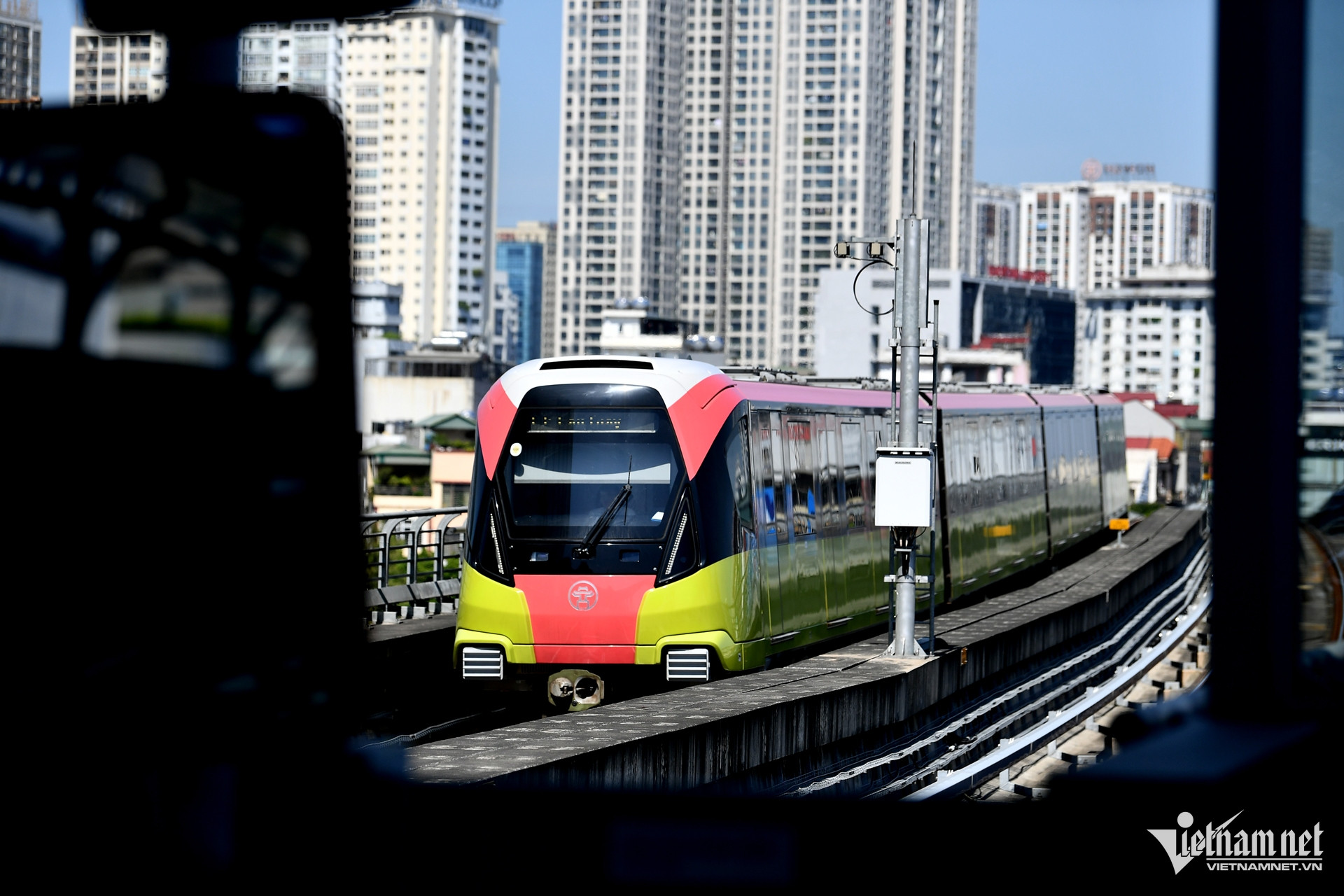
According to the city leaders, it is not necessary to build each route as it is now, but to build all urban railway routes as planned. Experts also said that to speed up the progress, it is necessary to focus on investment resources and effectively exploit land funds. The central government needs to supplement the budget for Hanoi, allowing Hanoi to base on the approved Master Plan of the Capital or specialized Plan as the basis for deciding on investment policies and deciding on investment in urban railway projects.
Hanoi also needs to plan urban railways according to TOD orientation, scale 1/2000 to manage and reserve land for urban railway development and urban development in TOD areas. According to the Capital Law, TOD is urban development according to public transport orientation.
However, it can be seen that the content of the two drafts of the Capital Planning and the adjustment of the Capital Master Planning (submitted in 2024) do not indicate where to reserve land for investment capital for urban railways. In fact, the satellite city of Hoa Lac, after 20 years (2004-2024), invested billions of USD in infrastructure but only has 5% less population than expected (30,000 people compared to 600,000 people).
In 2016, the Japan International Cooperation Agency (JICA) published a study on this urban railway line, stating that the land fund on both sides of the line had been allocated, and there was no more capital for the 38km urban railway. The total investment of 2.8 billion USD, with a forecast of 400,000 passengers/day, would only recover capital after 48 years of operation (2016-2064). The economic internal rate of return (EIRR) = 10.9%, lower than 12%. The financial internal rate of return (FIRR) is negative (-) due to large investment and insufficient ticket revenue.
Planning without conventional principles
In 2020, the Japan Metro Association published the book Metro of the World with information on 66 metro networks in cities in Europe, Asia, Africa, America, and Australia. Cities with similar sizes and terrains to Hanoi all share the same radial and circular urban railway network model. Some cities also have two concentric circles (Beijing, Singapore) and intersecting circles to optimally connect urban railway lines going in different directions.
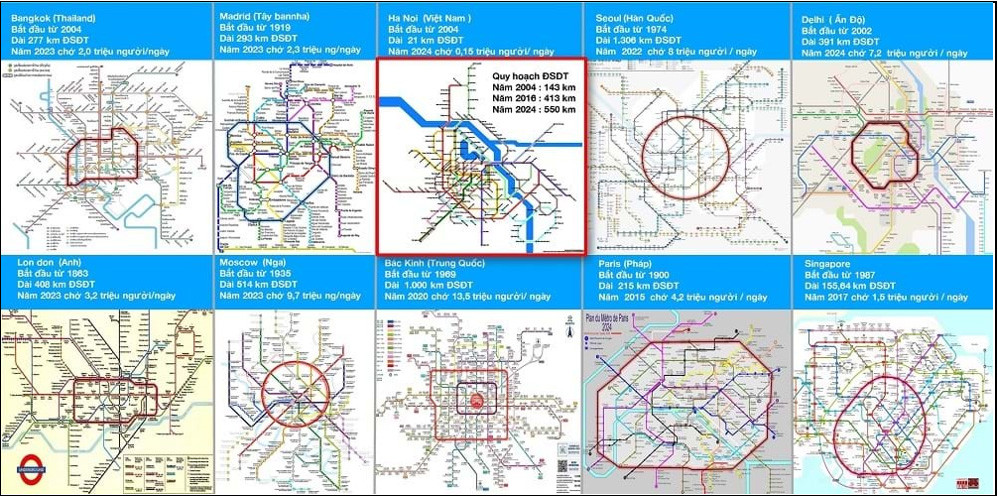
Meanwhile, the scheme of 12 Hanoi urban railway lines in the Capital Planning has a high density but is fragmented, lacks connection, and has an imbalance in the network distribution density between the North and South banks of the Red River. Therefore, it is necessary to replace it with the plan of "3 radial lines and 2 connecting circles" to make the most of existing infrastructure, high investment efficiency, attractiveness, and attract investment from society. The urban transport system includes multi-modality: urban railway is the main vehicle, synchronously integrating rapid buses, regular buses, small buses, technology motorbikes, bicycles, walking, etc.
Multi-purpose integration brings overall benefits
In an article, Mr. Nguyen Cao Minh, Head of Hanoi Urban Railway Management Board (MRB), said that Hanoi is facing a historic opportunity to implement TOD in its long-term urban development strategy.
This policy not only helps optimize land use, but also reduces traffic congestion, reduces emissions and improves the quality of public spaces, which is key to increasing land value and facilitating the development of new economic centers.
Although aware of the need for multi-purpose integration in urban railway investment, MRB is actually the investor of the 8.7km Hanoi - Hoang Mai urban railway project, with a total estimated investment of VND40,570 billion (about USD1.752 billion). Although the investment rate is more than USD200 million/km, higher than the World Bank's recommendation in the Urban Railway Planning Handbook, the forecast passenger volume is lower than the investment level.
In particular, the final section leading to the lake area, old villages are very deserted... while the final station has not yet determined the site because it is adjacent to land allocated for a real estate project and Yen So pumping station.

With an investment of 1.752 billion USD, it is possible to build more than 8km of underground urban railway, with an additional underground road bridge, the railway crossing the Red River to Gia Lam station will bring many benefits: More people travel (20,000 - 40,000 trips/day), Hanoi will have an additional road bridge across the Red River, creating many valuable underground spaces in the center.
With the revenue from "transfer of exploitation rights" (TDR) for investors of underground parking lots, underground commercial service streets, underground power lines and technical pipes, etc., Hanoi has "more than enough money" to invest in this entire section.
With other approaches as presented, Hanoi can find a feasible "formula" to build 100km of urban railway by 2030 and hundreds of kilometers in the next phase.

Hanoi solves the problem of mobilizing nearly 50 billion USD to build 600km of urban railway
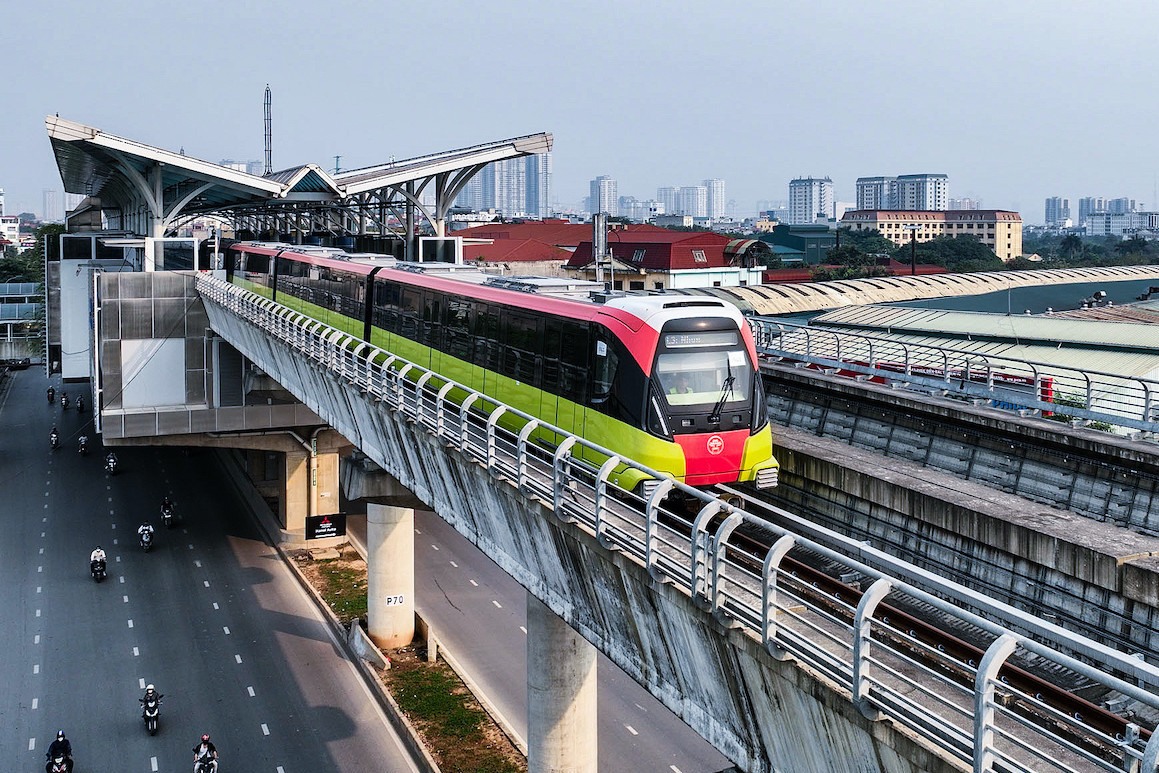
Hanoi presents plan to complete nearly 400km of urban railway
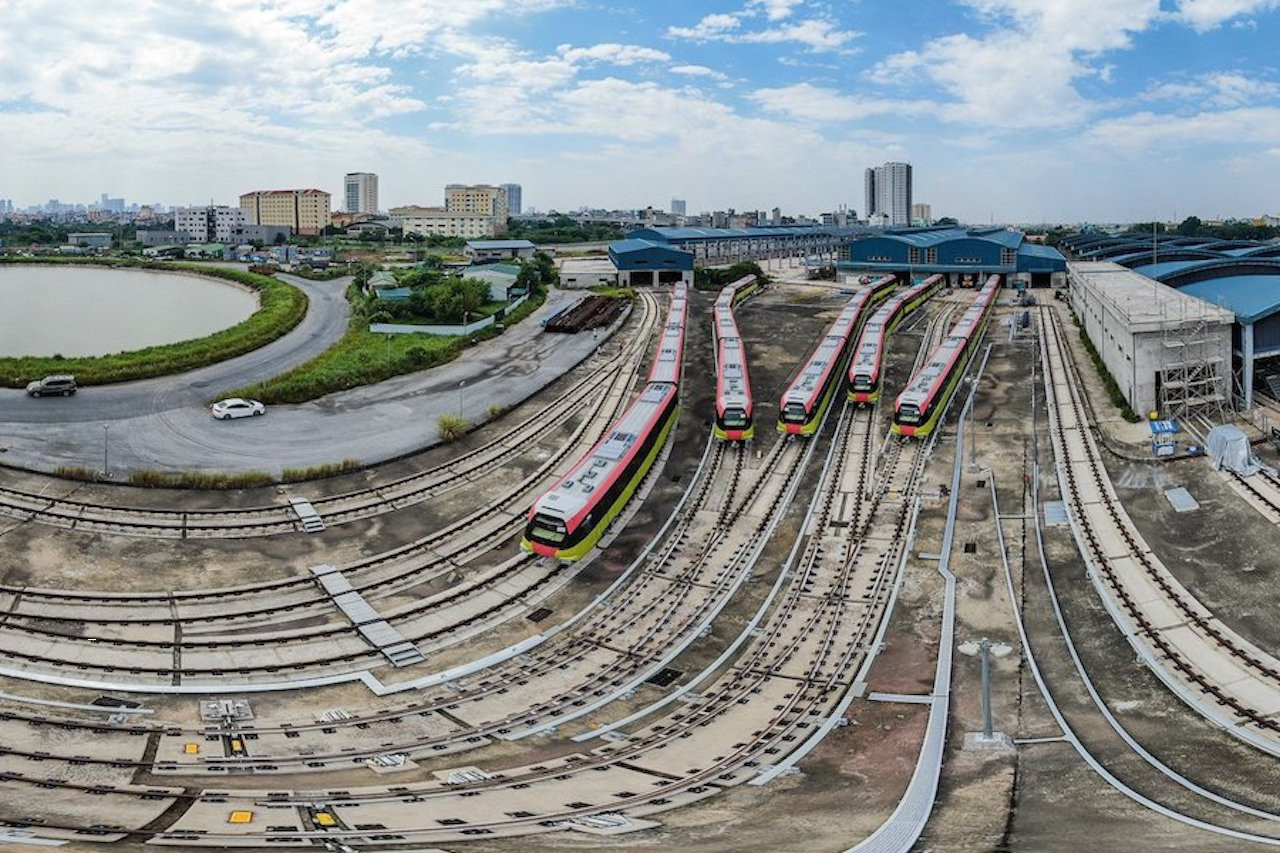
Solutions to complete hundreds of kilometers of urban railway in Hanoi and Ho Chi Minh City
Source: https://vietnamnet.vn/tim-cong-thuc-kha-thi-de-ha-noi-lam-hang-tram-km-duong-sat-do-thi-2332557.html




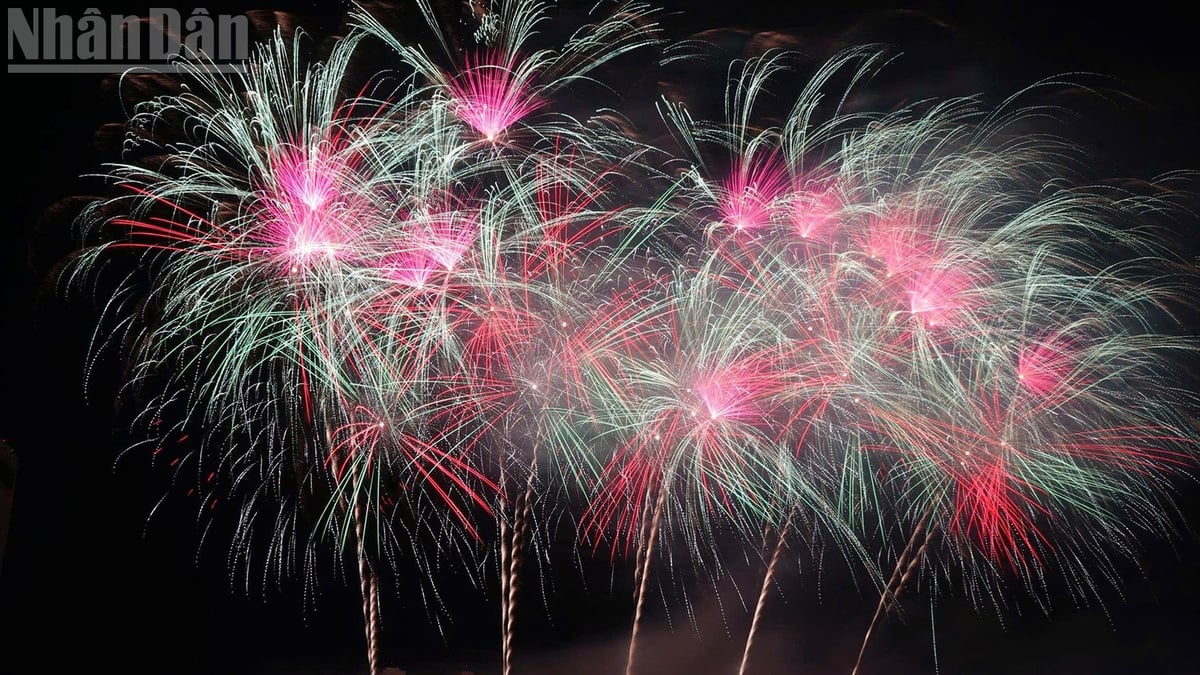

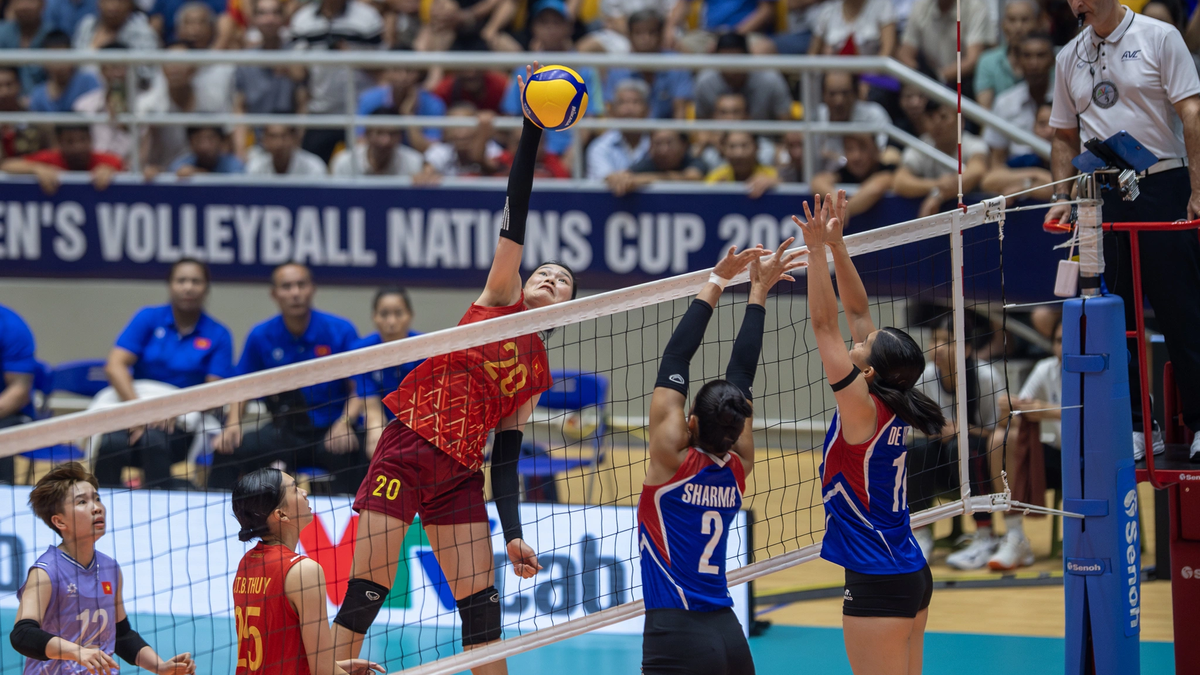

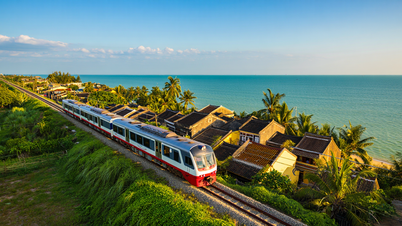



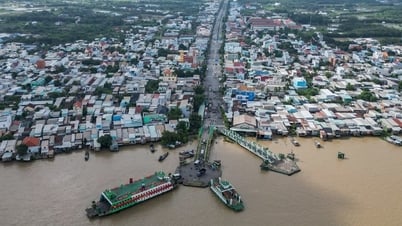






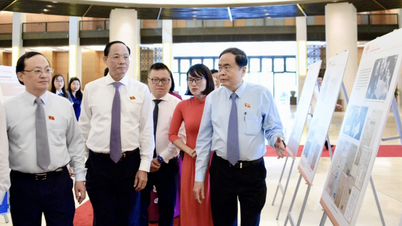





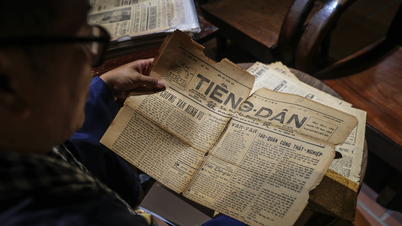



































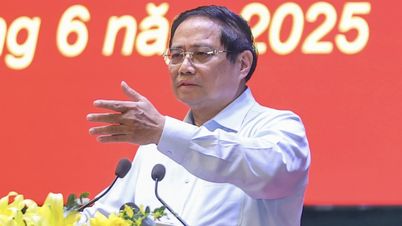



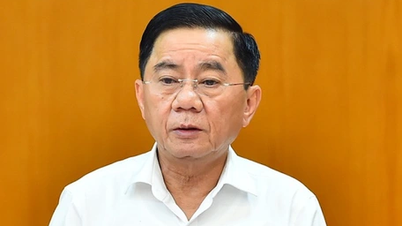




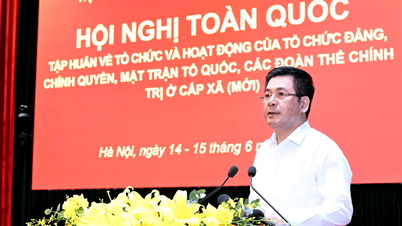






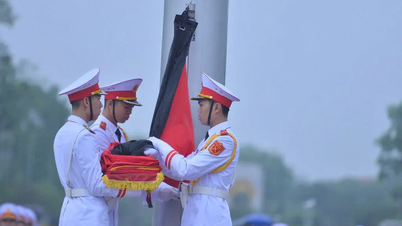







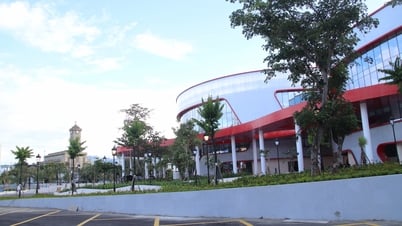












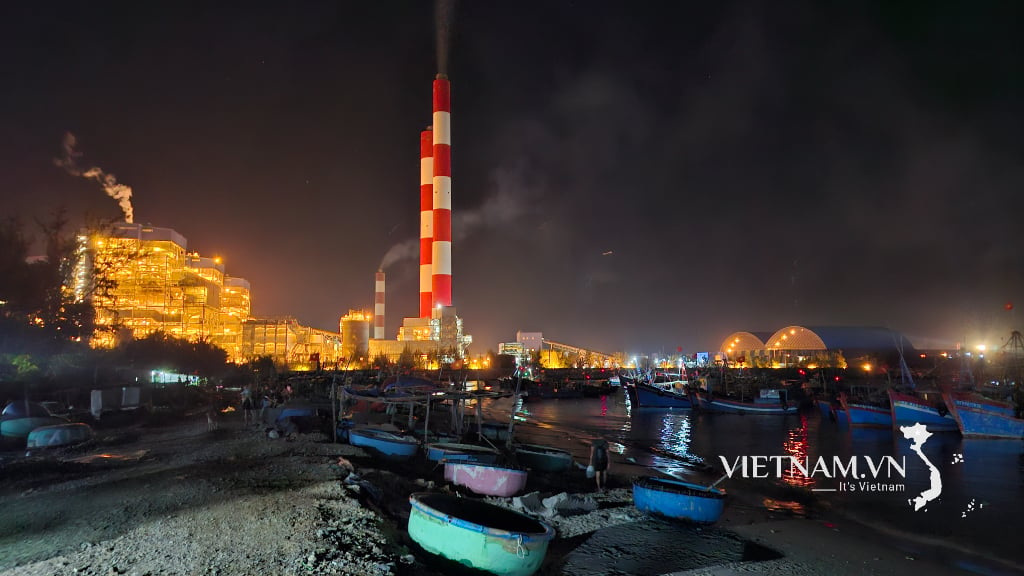

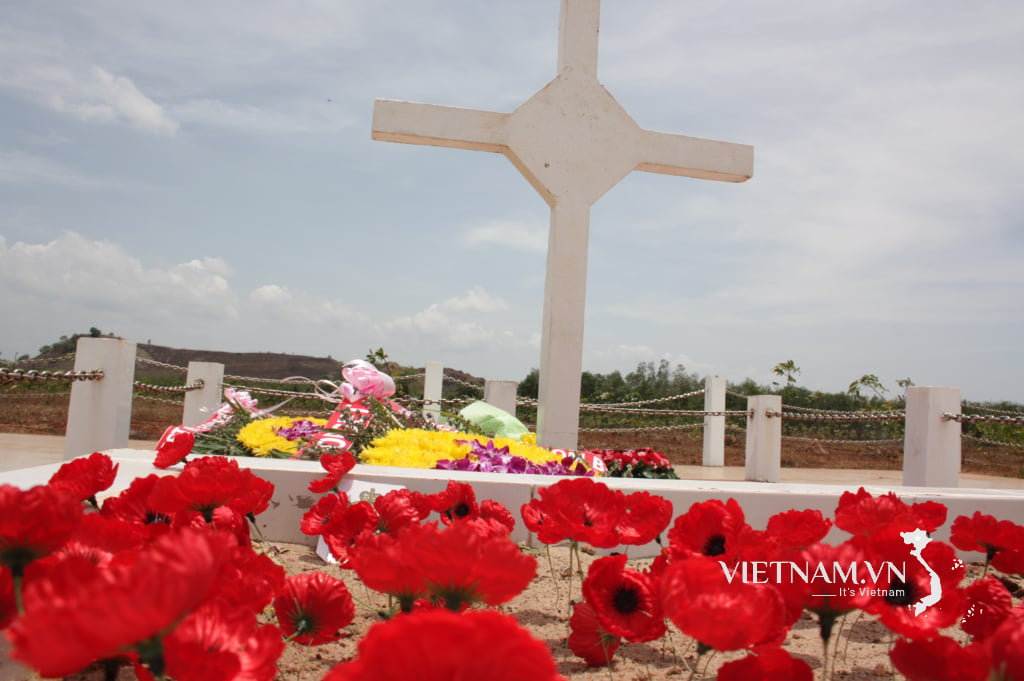

Comment (0)